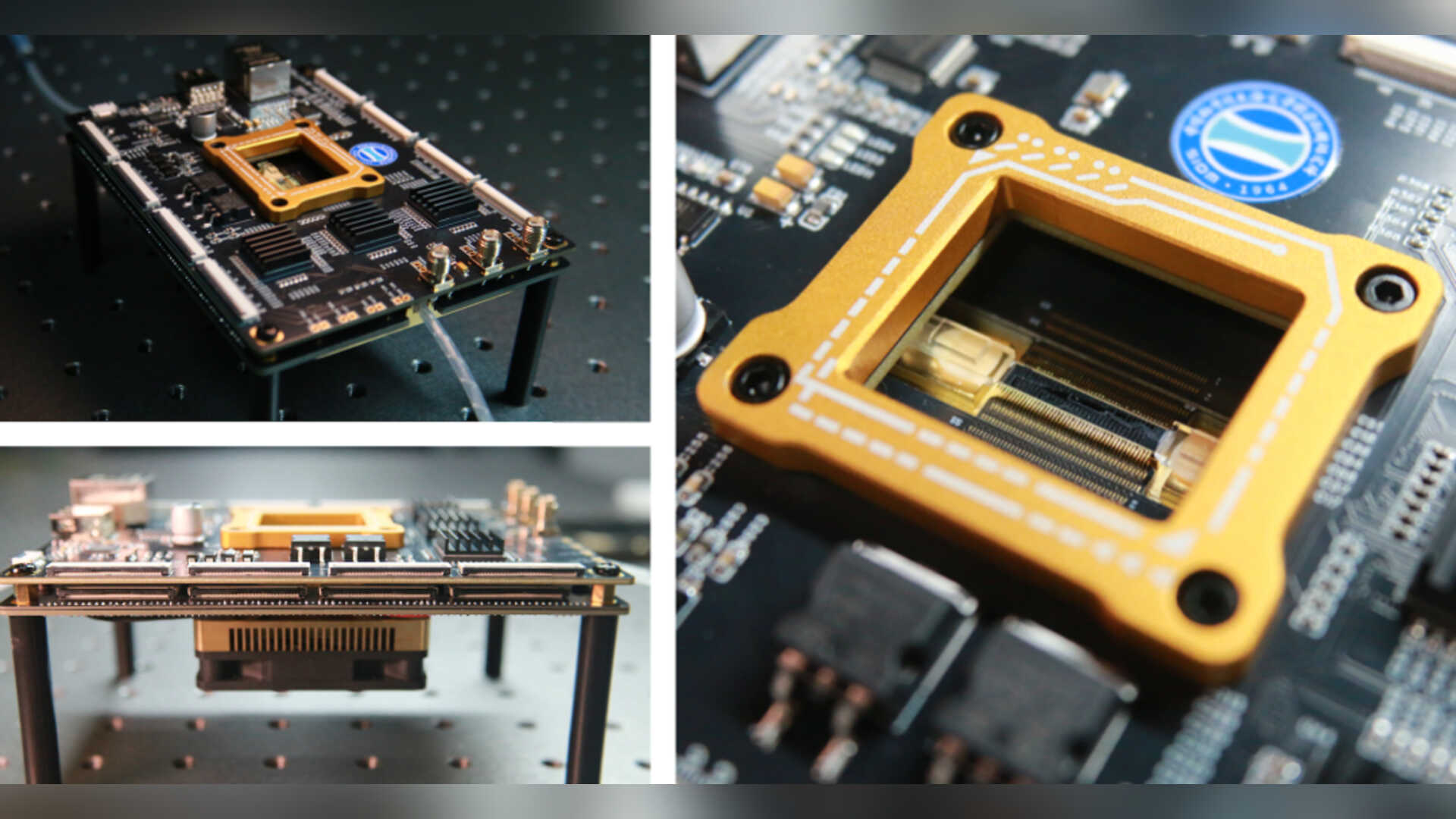2025-06-20 中国科学院(CAS)
 Figure 1. Experimental DR rate coefficients (black filled symbols) for sodium-like Fe15+. (Image from IMP)
Figure 1. Experimental DR rate coefficients (black filled symbols) for sodium-like Fe15+. (Image from IMP)
<関連情報>
- https://english.cas.cn/newsroom/research_news/phys/202506/t20250620_1045931.shtml
- https://iopscience.iop.org/article/10.3847/1538-4365/adcc25
ナトリウム様鉄イオンの誘電再結合の絶対速度係数: 実験と理論 Absolute Rate Coefficients for Dielectronic Recombination of Sodium-like Iron Ions: Experiment and Theory
H. K. Huang, W. Q. Wen, Z. K. Huang, Y. Yuan, C. Y. Zhang, R. Si, S. J. Wu, C. Y. Chen, S. Fritzsche, S. Schippers,…
The Astrophysical Journal Supplement Series Published: 2025 June 2
DOI:10.3847/1538-4365/adcc25
Abstract
Absolute dielectronic recombination (DR) rate coefficients for sodium-like Fe15+ forming magnesium-like Fe14+ have been measured using the electron–ion merged-beams technique at the heavy ion storage ring Main Cooler Storage Ring, Lanzhou. The measured DR rate coefficients in the energy range from 0 to 90 eV cover all of the DR resonances due to 3s → 3p and 3s → 3d (Δn = 0) transitions and part of the DR resonances from 3s → 4ℓ (Δn = 1) core excitation. The experimental results are compared with theoretical calculations by using three independent state-of-the-art perturbative techniques: a multiconfiguration Breit–Pauli method using the AUTOSTRUCTURE code, a relativistic configuration interaction method using the Flexible Atomic Code and a multiconfiguration Dirac–Fock method using the Jena Atomic Calculator codes. Our theoretical results show excellent agreement with the experimental data in the energy range of 0–40 eV. However, in the energy range of 40–90 eV, a discrepancy is observed between the experiment and theory. Furthermore, temperature-dependent plasma recombination rate coefficients are derived from the measured DR rate coefficients over the temperature range of 103–108 K and are compared with previously available results in the literature. Within the temperature ranges relevant to photoionized plasmas and collisionally ionized plasmas, our results show good agreement with the experimental result from S. Schippers et al. (2010), as well as with the theoretical data of M. F. Gu (2004) and Z. Altun et al.; however, the earlier theoretical data from M. Arnaud & J. Raymond and P. Mazzotta et al., which are based on LS-coupling calculations, significantly underestimate the plasma rate coefficients in the low-temperature range. The present results provide a benchmark data set for astrophysical modeling.



